Renaissance is the historical period that spans from the 15th to 16th century in European history. In other words, it is a transitional time from the Middles Ages to the Enlightenment that traditionally marks the beginning of modernity. One of the key characteristics of this period is the revival of the aesthetic ideals of Ancient Greek and Roman Antiquity initially in Italy and a rebirth -as the word itself denotes- of humanism and of intellectual inquiry in many fields, such as art, architecture, literature, science, philosophy, etc.
During Renaissance, braies or braccae -familiar to us from our latest article- have undergone a transformation as they had become shorter to match the longer and tighter hose covering the legs and which replaced in a way the chausses of the previous period. Once again, the strict distinction between outwear and underwear was not in place back then as many of this -usually particolored- garments were not intended to be under other clothes. These braccae were very practical since a codpiece allowed men to urinate without taking this piece of clothing completely off, while it was a kind of pocket for small objects! Yup, you heard right!







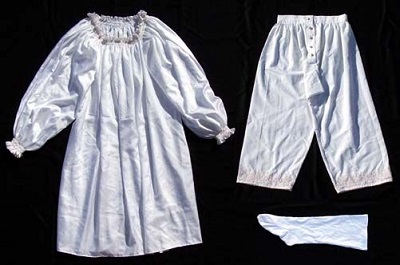
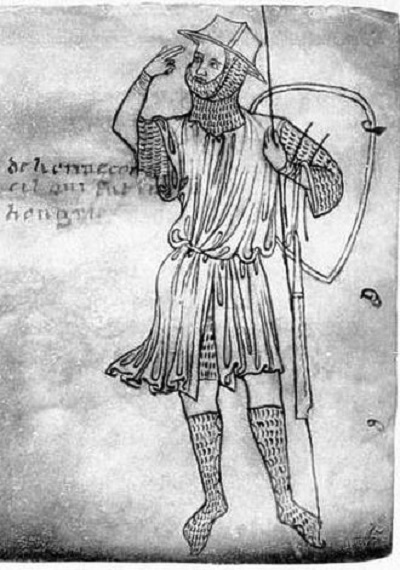
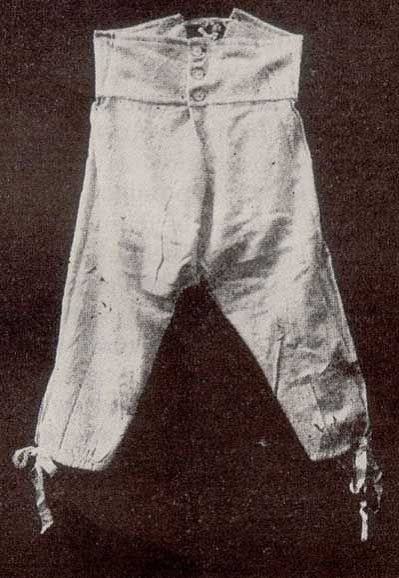
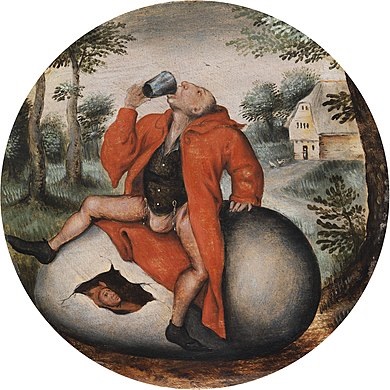
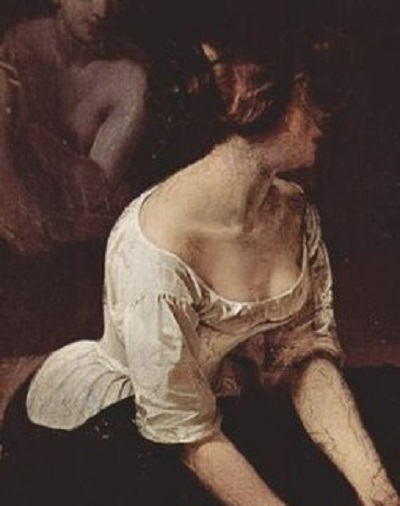
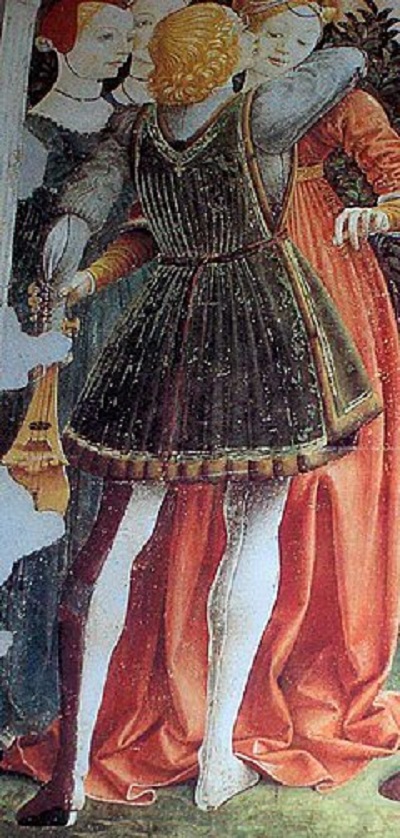
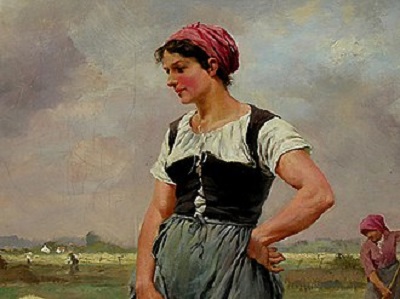
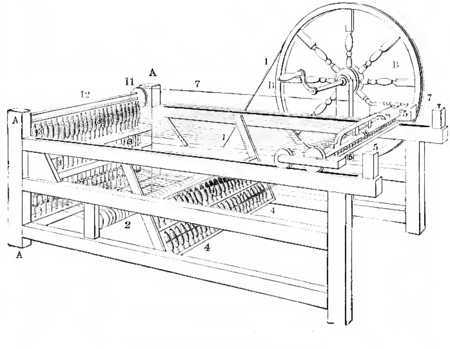
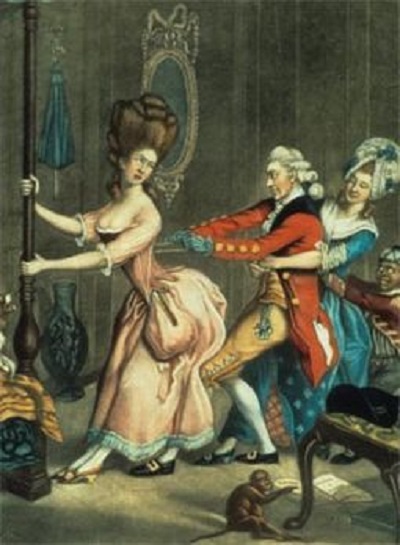

 Login
Login